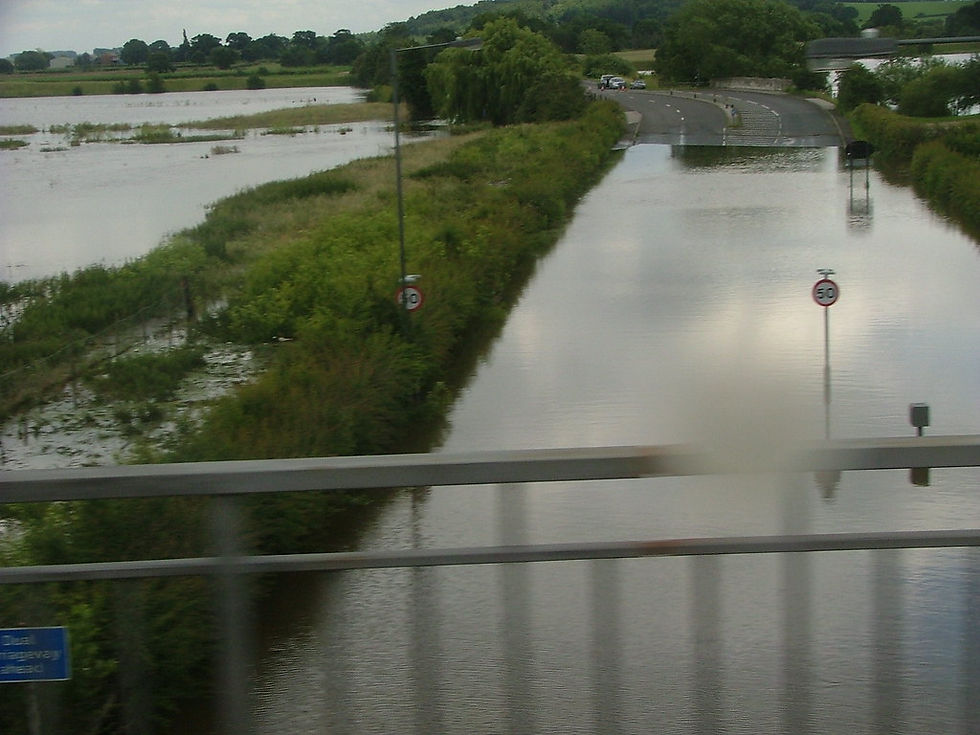10 ways you could be using Twitter as a journalist in our tech-oriented world
- Megan Smith

- Dec 9, 2020
- 2 min read
Journalists across the globe have already started using Twitter to publish their stories and here's why you should too.
Originally posted on Medium
1. To create Twitter threads

You can use Twitter threads as a way to report on event lives this is because they can add new information, images or video as soon as they receive it.
2. To link to your stories
Twitter is a great way for you to share links to the articles you have published on other sites. However, don’t only post links as your readers will get bored of them. Jennifer Peters, a publisher from the News Media Alliance, told her readers that “people want more meaningful engagement from social media” this is something they can’t receive from only links.
3. Crowdsourcing new stories

Jennifer Peters also discussed the importance of Crowdsourcing as sometimes the best stories are those you “pick from the brains” of your followers.
Jennifer Peters Said: “Twitter connects you to people you’d never encounter in your daily life, and it lets you engage with them in ways you wouldn’t be able to otherwise”
4. Find easy leads

As social media has become popular almost everyone has a platform. Steve Buttry discussed in The Buttry Diary the importance of following people on Twitter as they may tweet something which you can use in an article.
5. Faster Contacts

Twitter allows you to get in touch with potential interviews and connect with other journalists a lot quicker as many will watch their Twitter more closely than their emails.
6. Interacting with followers
Unlike printed journalism, online journalism means you can reply to the questions your followers may have about your story, this is especially helpful for Twitter threads as followers can ask questions and receive answers from the updates of the thread.
7. Create discussions

Twitter isn’t only for tweeting about your stories but can also be used to create a space for your followers to discuss their own opinions on certain news that has been revealed, this can create a lot of interaction on your page.
8. A portfolio of your work
Your Twitter profile is a hub for your journalism work, therefore, you should always link in your Twitter bio where you work for and what you have worked on for example: if you run a blog. Research conducted by the Faculty of Media and Communication found that the majority of journalists on Twitter included this information in their Twitter bio which may be the reason their stories did better.
9. On-hand analytics

Twitter has an easy to understand analytics tab for your tweets this means you can find out which articles were popular or not and therefore make the improvements needed to increase your number of ‘unique readers’.
10. Sharing colleagues' stories

Finally, when you don’t have a story available to post you can ‘retweet’ a colleagues tweet, this not only helps your colleague tweet get traction but also keeps your page active while you work on a new story to release.






Comments